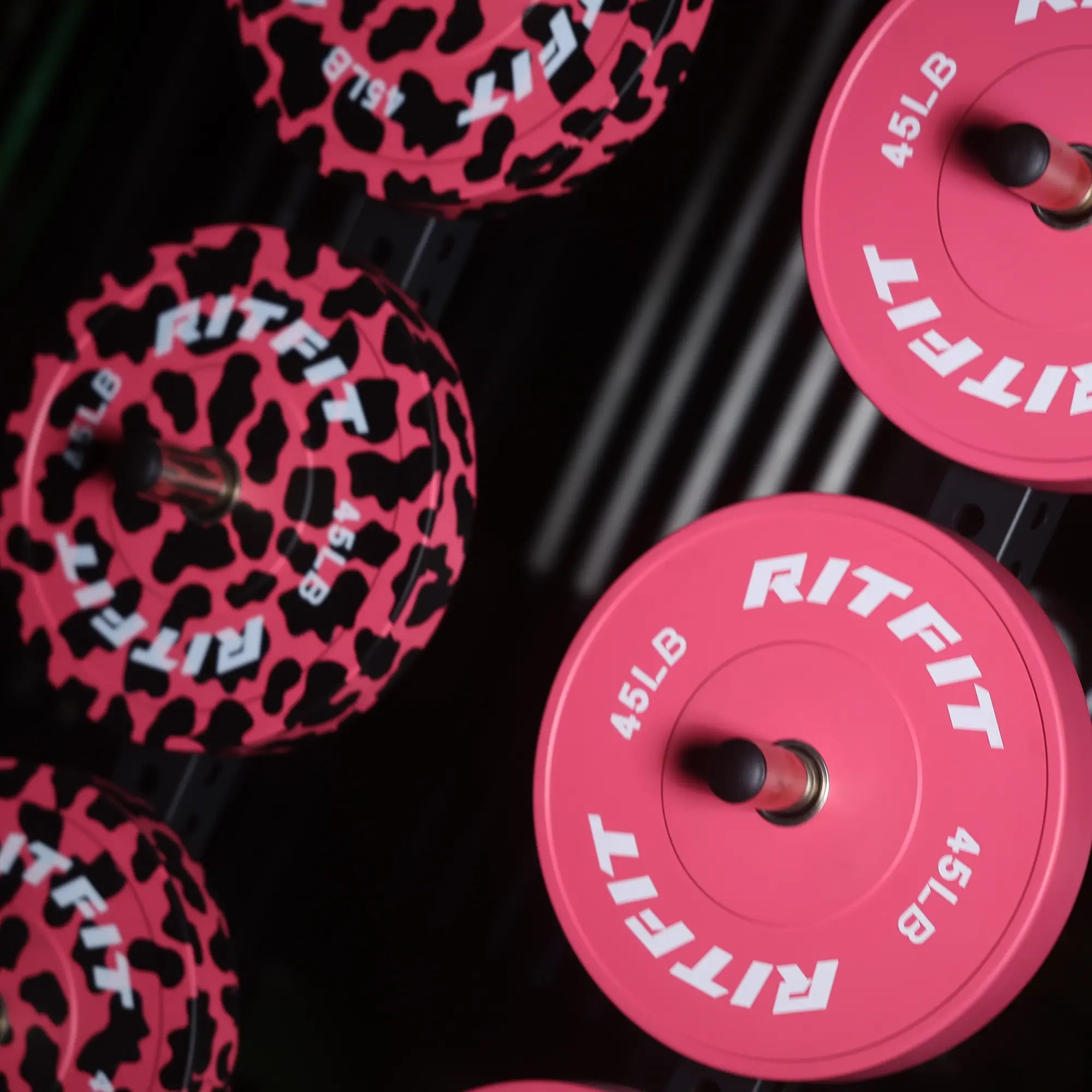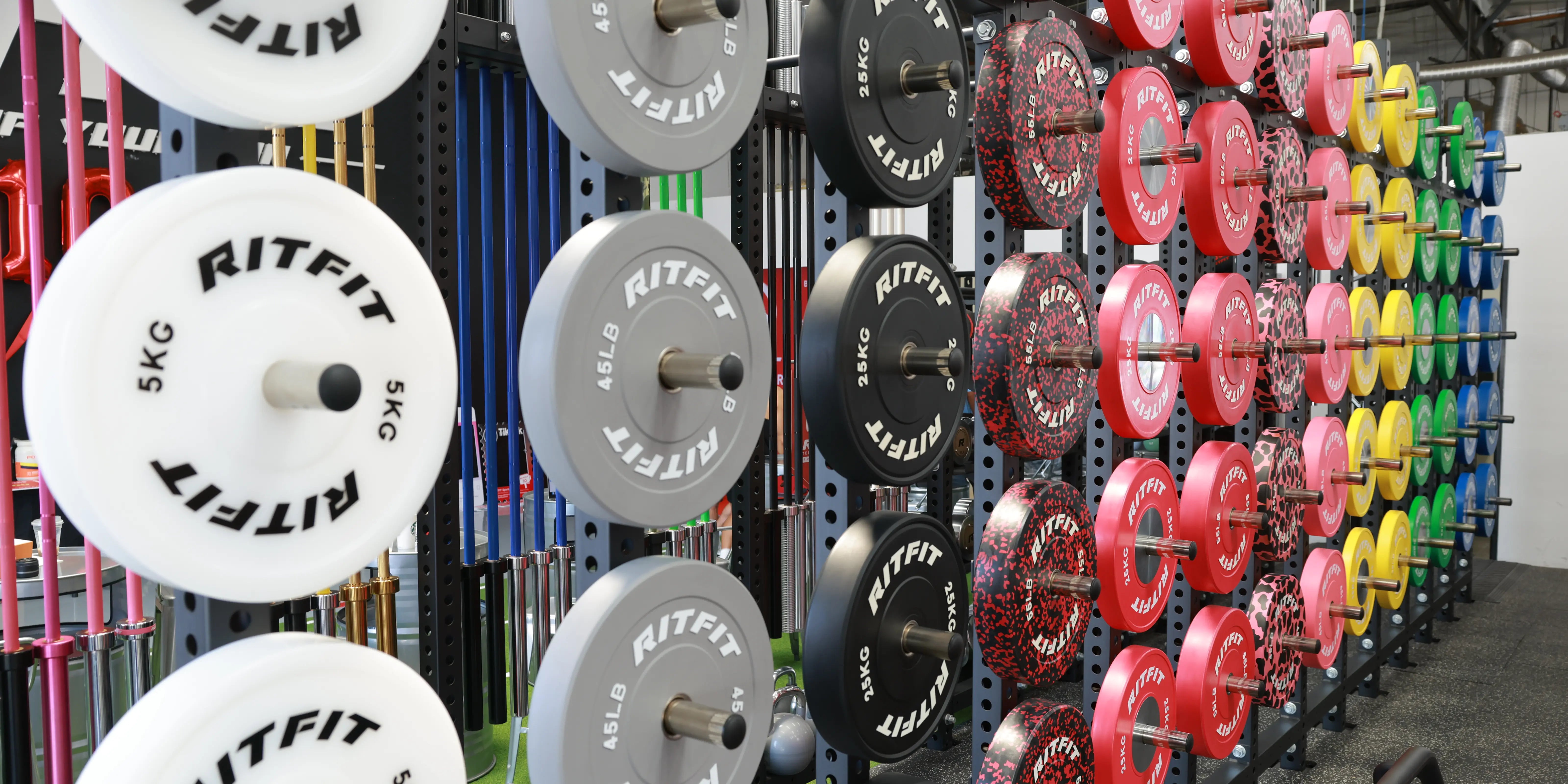Whether we’re trying to lose weight or just avoid gaining it, many of us think steering clear of dietary fat is the first step. Rather than cut out all fat, however, we’d be better served if we focused on what types of fat we’re getting.
The body needs some fat, just not too much. Fat gives your body energy, keeps your skin and hair healthy, helps you absorb certain vitamins and even keeps you warm, among other responsibilities.
A diet high in saturated fat, found in animal products and some vegetable oils, can lead to heart problems, but eating the right amount of unsaturated fats can protect the heart.
Unsaturated fats, including monounsaturated and polyunsaturated fats, are considered good-for-you fats. Polyunsaturated fats include the famed omega-3 and omega-6 fats, both considered essential fatty acids, because our bodies can’t make them on their own. Polyunsaturated fats can help lower total cholesterol, while monounsaturated fats can raise “good” cholesterol, or HDL, and lower “bad” cholesterol, or LDL.
The average adult should get about 20 to 35 percent of their daily calories from fat and less than 10 percent of their daily calories from saturated fats, according to the Dietary Guidelines for Americans. A gram of fat contains nine calories, so a daily diet comprised of 2,000 calories would even out to about 44 to 78 grams of total fat a day.
So where can you find these unsaturated fats? Look no further than the six healthy high-unsaturated-fat foods below.
-
Half of an avocado contains nearly 15 grams of fat total, and almost 10 of those are monounsaturated (2 grams are polyunsaturated). Try it in place of mayo on your next sandwich.
-
Just about any nut can make for a healthy, fat-filled snack, but almonds happen to be the lowest in calories. One ounce — about 23 whole almonds — contains just over 14 grams of fat, including nearly 9 grams of monounsaturated and about 3.5 polyunsaturated.
-
Salmon may be one of the most well-known fatty fish, but tuna, mackerel, and sardines also offer a heart-healthy dose of fats. If you’re going to stick with the familiar, look for wild-caught salmon. A three-ounce serving of chinook (often the most expensive option, according to Eating Well), contains nearly 9 grams of fat, including nearly 4 grams of monounsaturated and about 2.5 polyunsaturated. The milder coho salmon and the oilier sockeye both contain less, at around 5 total grams of fat, with nearly 2 grams each of mono- and polyunsaturated fat.
-
Mixing 10 large olives into your next salad will add about 5 grams of fat, 3.5 of which are monounsaturated and .4 of which are polyunsaturated. Not an olive fan? The oil is an even more concentrated source of healthy fats — just don’t be too heavy-handed on your pour: A single tablespoon contains over 13 grams of fat, nearly 10 of which are monounsaturated and about 1.5 are polyunsaturated.
-
One tablespoon of whole flaxseed — which you can toss into salads, soups, smoothies, yogurt, and more— contains just over 4 grams of fat, including nearly 1 gram monounsaturated and almost 3 grams polyunsaturated. Flax seeds also contain anywhere from 75 to 800 times more lignans, a component of plants that act as antioxidants, than other plant foods, WebMD reported. A tablespoon of sesame seeds contains about 1.5 grams of monounsaturated fat and 2 grams of polyunsaturated fat. And a once of pumpkin seeds packs about 2 grams of monounsaturated fat and 2.5 grams of polyunsaturated fat.
-
One large, whole egg has almost 5 grams of fat, including roughly 2 grams of monounsaturated and about 1 polyunsaturated.
















